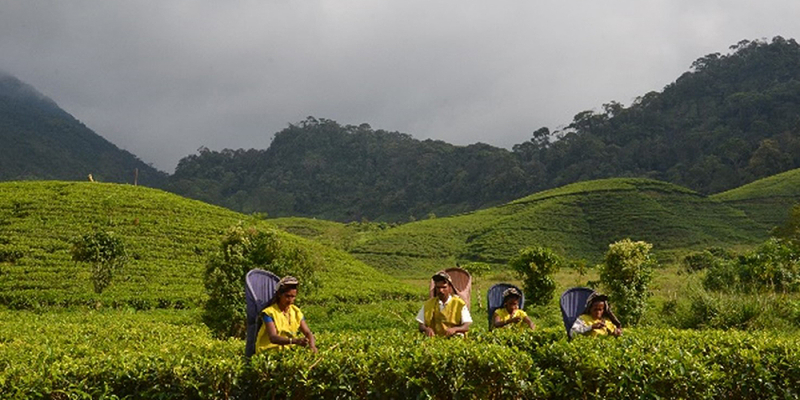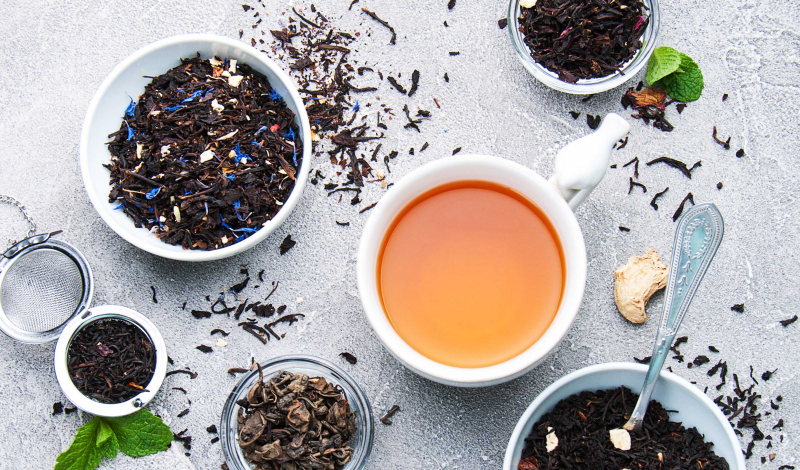Sri Lanka
With 340,230 tons of the plant grown there, Sri Lanka ranks fourth among countries that produce tea. It is one of the largest producers of orthodox teas in the world and is renowned for its Ceylon teas, so named because the nation was formerly known as Ceylon by colonizers. Although the nation produced much more coffee initially, it switched to tea after a blight destroyed their crops. Tea production now makes up 2% of the nation's gross domestic product and is the primary source of the country's foreign exchange with other nations (GDP).
In order to compete with China's tea production, the British introduced the crop in 1867, and the country has since produced some of the world's finest single-origin teas.
The country's central highlands offer a climate that is favorable for the production of high-quality tea because of the humidity, cool temperatures, and rainfall they experience. On the other hand, tea grown in low-elevation regions with abundant rainfall and warm temperatures, like Matara, Galle, and Ratanapura districts, has a high level of astringent properties. Low-elevation regions produce more tea biomass in general. Middle Easterners love this type of tea. James Taylor, a British planter who came to the country in 1852, brought the industry there in 1867. Since the 1970s, smallholder tea farming has gained popularity.












